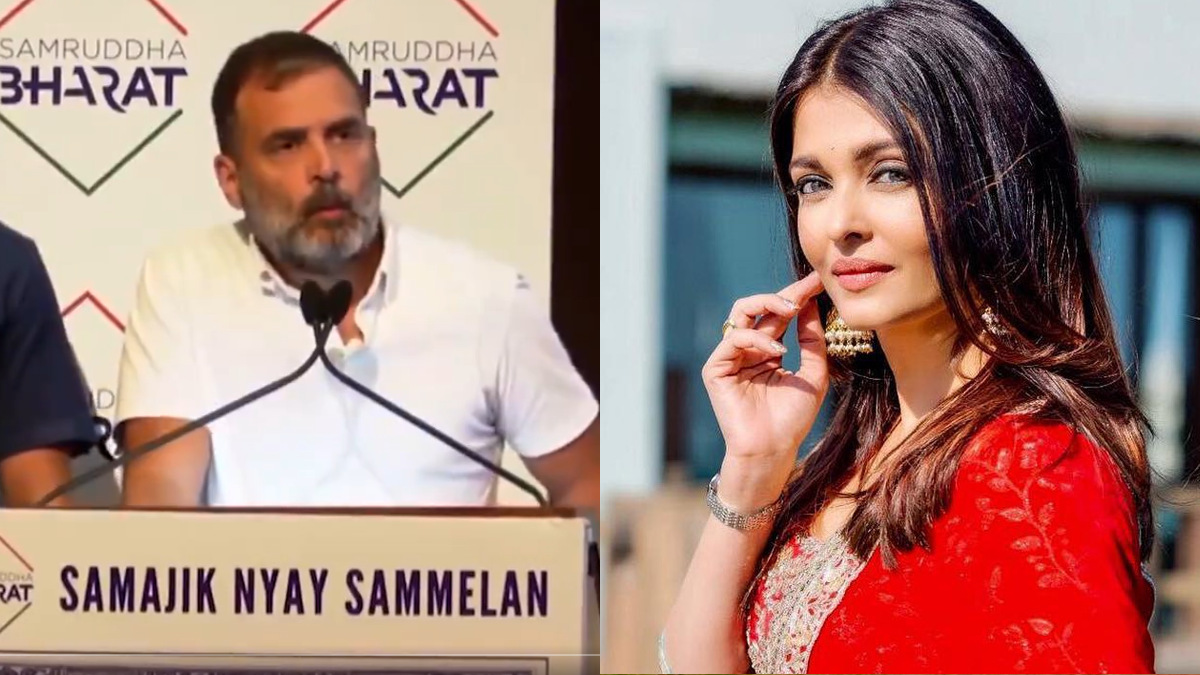
Worlds biggest biometric scheme to remove poverty from India
In
India,
if
we
think
of
call
centres,
a
thriving
economy
should
come
into
mind.
India
is
a
cost
effective
and
labour
intensive
economy
with
a
strong
manufacturing
and
export
orientated
industrial
framework.
The
UN
has
predicted
a
7.7
percent
growth
rate
in
2012
which
is
relatively
good
bearing
in
mind
the
challenges
pressing
the
global
economy
at
the
moment.

But how does a country with such a name for its economic growth harbour one quarter of the worlds hungry population? Unicef once declared the country to have some of the worst rates of child survival in the world. In 2006 at the same time its GDP (Gross Domestic Product) was 10 per cent, twenty-six percent of India's population was officially classed as poor. I would continue but you understand my point.
Poverty in India is rampant and it is surprising to some. Economics professor in Delhi's Jawaharlal Nehru University, Jayati Ghosh expresses that "People tend to forget that in all this talk of India Shining, our development project is still very incomplete".
She is right. However it is not so much that the development project is incomplete as it has been flawed. India sorely lacks a viable identity system for the poor who possess no driving licence, passport or proof of address. They may live in a village where ten other people share the same name as them.
Their lack of identity not only excludes them from the modern economy but may be the strongest argument as to why the government has been unable lift them out of poverty. Enter genial ex-tycoon, Nandan Nilekani, Launched in 2010, Nilekani's "unique identity (UID) scheme is the worlds largest, most advanced, biometric database of personal identities. It may be more than appropriate to have the word "hallelujah" resinating in your thoughts at this point. The unique identity scheme will enroll its two hundred millionth member by the end of this month and by the end of the year could stand at four hundred million, a third of all Indians.
A pilot project that has just begun in Jharkhand, an eastern state, will link new identities to individuals bank accounts. If you're wondering what this means to the poor, you only have to look at the queues of people who are waiting to have their fingerprints and irises scanned whilst innocently unaware that their relationship with the modern world will never be the same again. The scheme in which any resident who wants can volunteer for, combines work by central and state governments and a number of other partners- largely technology firms that capture and process individuals' data. The goal, says Mr Nilekani, is to help India cope with the past decades expansion of welfare provision. A mother of three need no longer go through the tedious process of travelling for hours to distant towns or bribing officials to obtain paperwork. Instead the money which she is owed by the government will transfer electronically to her bank account or at a village shop.
Further "hallelujahs" may appear at the idea of thieving middlemen being cut out of the picture by the UID. Poor Indians with an identity number are much harder to rob. Ghost labourers staffing public-work schemes and any among India's twenty million government employees, should disappear and the middlemen who steal billions should be caught as they are obliged to deliver grain, not to the poor, but rather to named individuals who could confirm receipt by scanning their fingerprints. India will be able to transform its welfare state and send out the message that designing such a scheme as a platform for government services rather than security keeps the costs down and bolsters the benefits.
Home minister Palaniappan Chidambaram may be blocking the new mandate on worries of national security and India may require enhanced data protection laws to facilitate this scheme however, UID has given me hope, a sentiment seldom felt when thinking of the state of developing countries. With the cost of enrolling each person being a little over a hundred rupees ($2), India will set the example for other poor countries to follow. Who knows what country could be next?
Certainly, poverty has many causes and no simple cure. But do i think this is the answer to India's staggering poor population? No. I think opens to door to binding them to a modern economy from which they have been so longly closed out from.


 Click it and Unblock the Notifications
Click it and Unblock the Notifications


































